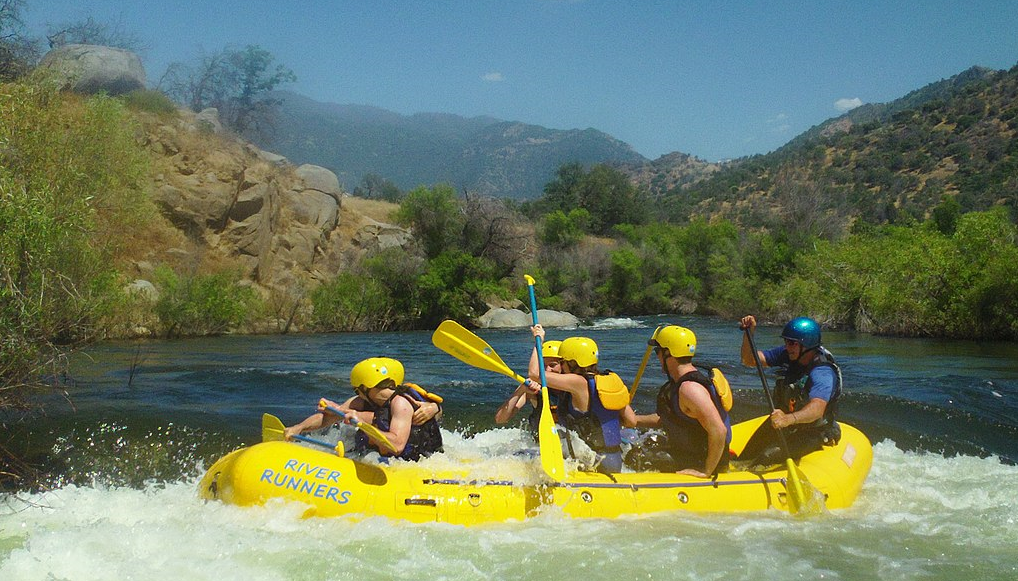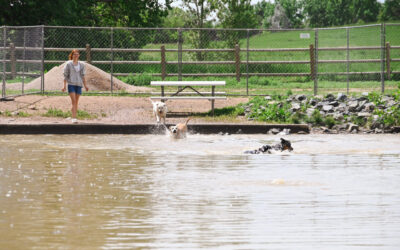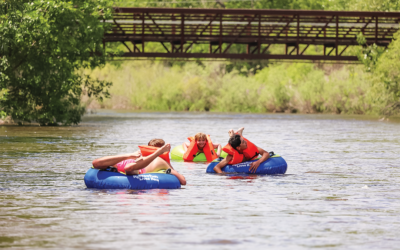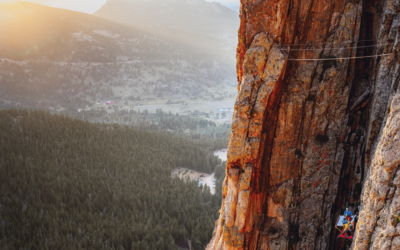This year’s heavy snowpack has made for heavy runoff and spectacular whitewater on Colorado’s rivers. Those same conditions have heightened the danger that always comes with water recreation. Dr. Jasjot Johar, medical director of the emergency department at McKee Medical Center, has seen firsthand what can happen when people aren’t safety-conscious on the water.
Here are his thoughts. — Ed.
With the high water this summer season, Colorado has experienced a slew of river accidents and deaths, largely related to rafting and tubing. Many of the people involved wind up in the McKee Medical Center Emergency Department, where I work as the medical director.
From head injuries to broken bones to scrapes to hypothermia, we treat many different kinds of injuries related to river accidents, on average about once a week.
This starts with people understanding their own skill level, as well as the risks, before stepping into the water. Fast-moving rivers need to be respected. Remember the floods this area has undergone? They swiftly washed away entire buildings, cars and dams. Water can certainly take down a 200-pound person.
While most commercial rafters do a good job assessing people for safety, many people explore the river unguided, especially with rafts and tubes. If you’re one of those people, here are some tips you should follow to stay safe.
The first thing you need to do is to chart the whole course in advance. Look for potential hazards, such as rocks and branches, and make sure you have the ability to get yourself out of a bad situation.
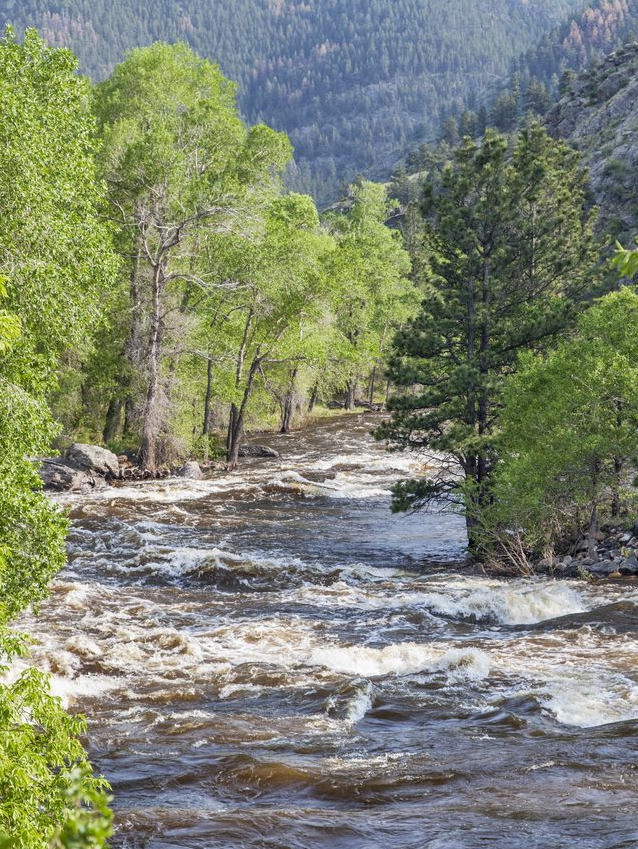
I hear from people all the time “I’ve been tubing this river for years and never had problems.” But the river can change from year to year, and what you remember from previous years may not be the same this year.
River water is only around 50 degrees Fahrenheit. It pulls down body temperatures very quickly, which fatigues the muscles, heart and brain, making it hard to respond and react. If that person has consumed alcohol beforehand, the response time is even worse.
If you do have an accident or fall into swift moving water, don’t try to swim or immediately stand up. You can get your legs or arms trapped between rocks or fall back in. Instead, put your body in the safety position, which is a reclined position with feet first downstream. Then use your feet to navigate over rocks and move sideways to try to get to an eddy or pool of water near the edge of the river so you can climb to shore.

Other risks that people may not be aware of include getting tangled up in ropes when rafts or tubes are tied together, tied to a cooler, or (worst of all) tied to a person. Ropes can get entwined in the rocks and then quickly pull people under.
People also need to be aware of the potential for accidents when they are camping or just recreating for the day near water. Someone can get thrown off balance just by sticking their foot in
If you or someone you know does have a near-drowning, go see a doctor afterward. In those situations, people often inhale a large amount of water, and sometimes that water contains fungus or bacteria that can later cause swelling in the airways.
While most drownings with adults and older kids occurs in rivers and lakes, most children and toddlers are hurt from standing water in their homes, such as bathtubs, filled buckets and even toilets.
It only takes a few inches of water for young children to drown, so it’s important that parents are on the lookout and guarding against these kinds of accidents.
Dr. Jasjot Johar is the Medical Director at McKee Medical Center’s Emergency Department and has been practicing medicine for more than 20 years.

